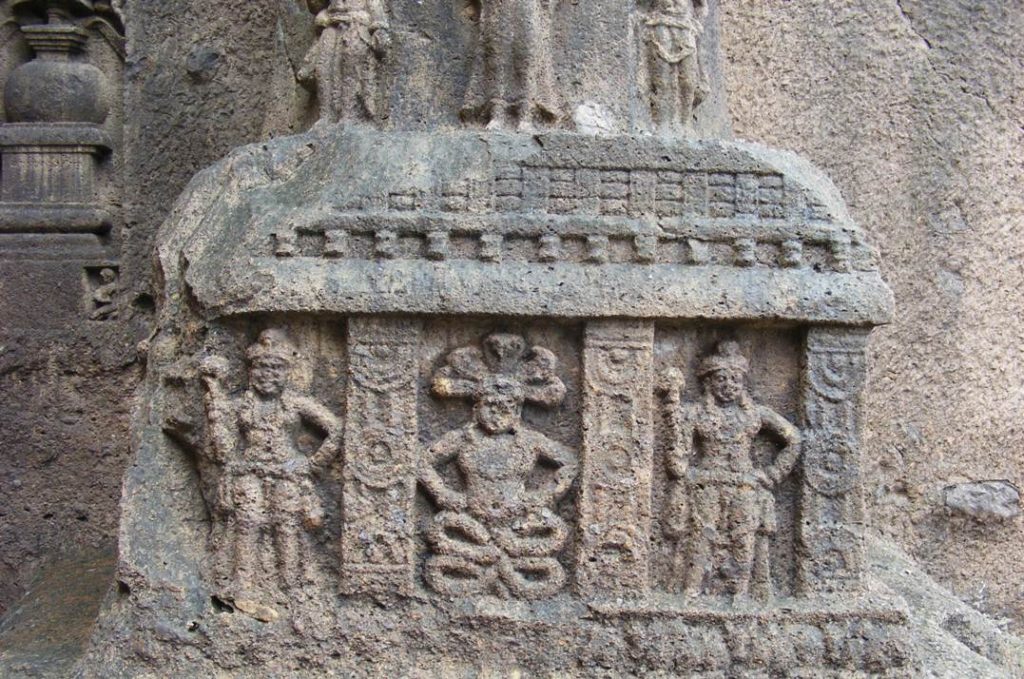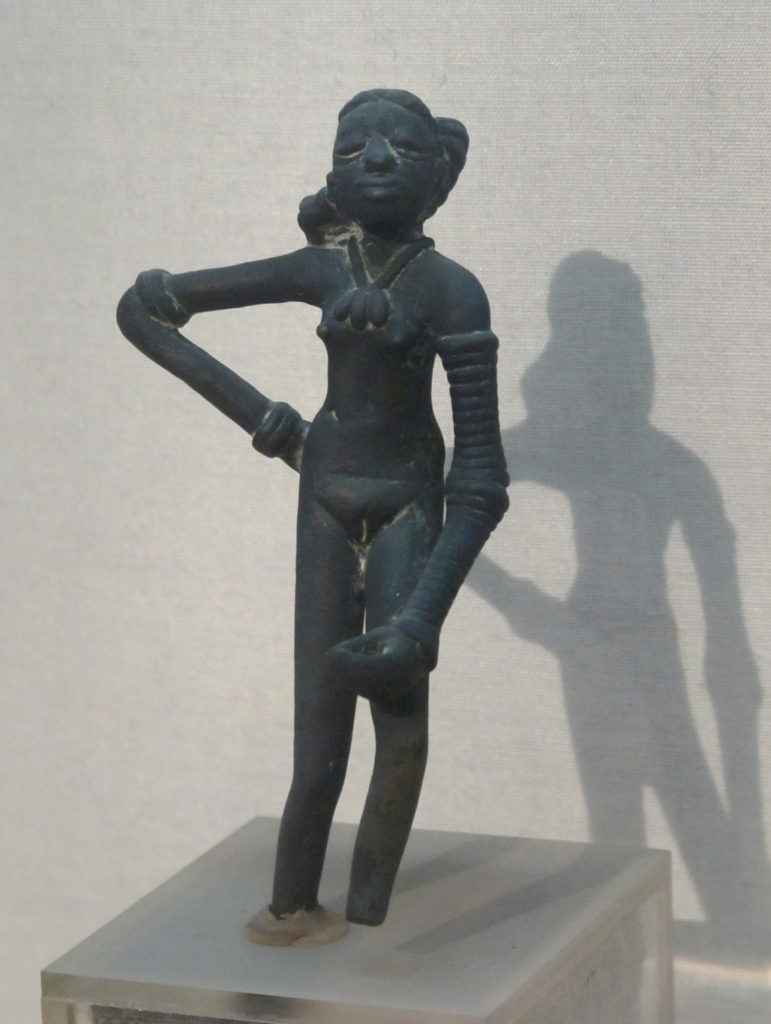
Did you know Didarganj Yakshi from the Mauryan period was called India’s Mona Lisa? Did you know that the Kanheri Caves in Mumbai are the only ones to have a boat sculpture? Also did you know that Mahatma Gandhi disapproved of the Khajuraho scultpures labelling them as erotic and indecent? If you were aware of even one of these facts, you definitely unlocked a curious sculpture enthusiast within you. Sculpture wins hands down as the toughest and most intricate of all art forms.
Expression of art is all about manifestation of abstract and invisible human thoughts. The objects of art have preserved the thought forms of eras bygone. They are significant milestones in the human evolution. Bhimbetaka marks the beginning of prehistoric rock paintings in Ancient India. Sculpture has been a preferred medium of artistic expression in the Indian subcontinent since time immemorial. Indian buildings were profusely adorned with various forms of sculpture art. The subject for Indian sculpture that formed the main matter were abstract forms that were used to instruct people about the truths of the Hindu, Buddhist, or Jain religions. The tradition of Indian sculpture extends from the Indus valley civilization of 2500 BCE to 1800 BCE, during which several small terracotta figurines were produced. The great circular stone pillars and carved lions of the Mauryan period (3rd century BCE) gave way to mature Indian figurative sculpture in the 2nd and 1st century BCE, in which Hindu and Buddhist themes were already well-established. A wide range of styles and traditions flourished subsequently in different parts of India over the succeeding centuries.

Evolution of sculptural art also began with the images of mother goddesses. One of the most remarkable examples of sculpture from Harappan civilization comes in the form of the dancing girl from Mohenjodaro. The tradition of Indian sculpture dates back to that of the Maurya dynasty which also happens to be the very first Indian empire. The evidence from the early Buddhist Mauryan sculptures sheds some more interesting light on the convention of conceiving these divine figures of Yakshas in human form. But storage and maintenance of sculptures is a lot harder than it looks. It definitely takes up a lot more space and effort nowadays. Stone sculptures easily fall prey to environmental decay because of pollution, dust, salts, and repeated wetting and drying. On the other hand, Ceramic and glass sculptures are not as sensitive but some have unstable glazes that may react to changes in weather and cause cracks to develop on the surface of the piece.
Archaeologists and researchers often organize archaeological digs or site visits to prepare a full detailed report of the threats affecting a site which are often expensive, take up a whole lot of time, and ruinous to the site. In view of new analytical techniques being developed at a rapid pace, future researchers may be able to learn much more about the same site by virtual resources like drones to prepare a plan. Modern archaeologists today mostly try to do as minimum excavation as possible to find answers to their research questions with maximum efficiency in collecting data. They focus their energies on preparing reports of risk assessment for different discovered or endangered sites.
The honor and integrity of a particular piece holds a lot of importance with every restoration project. When conservators assess a piece, they create a conservation treatment plan that is in compliance with international standards. A vulnerability report or analysis is prepared which is the assessment of climate change risk and other threats at a site level. It requires a multifaceted approach capable of addressing the many variables and uncertainties involved. Vulnerability and climate change have an advantage over traditional risk analysis. The system should also have the time and ability to adapt and recover. Vulnerability analysis entails a holistic approach as it recognizes that humans and the environment are inextricably linked and analysts therefore assess what is termed as ‘coupled human-environment system’.

Common sculpture repairs include the treatment of corrosion, cracks, flaking paint, bronze sculpture patina repair, and wax treatments. Throughout history, artists and craftsmen have created art with anything and everything possible. Stone has been chiselled, metal hammered or cast, wood carved, and clay moulded. Bone, ivory, and resins have been shaped with knives. But with the turn of the 21st century, modern industrial and space-age materials such as plastics, composites, and exotic alloys have been added to the sculptor’s ever-widening resources. This reduces the irrecoverable impacts of climate change on heritage.
Museums of archaeology also provide education and they are successfully able to do this only through displaying artifacts. If people want to learn more about responsible, scientific archaeology, there are plenty of opportunities to engage with the local archaeological community.
What can you and I do as students?
Student involvement is a very important step. Partnering with organizations working for restoration of sites globally like UNESCO, The World Heritage Centre etc. Your partnership not only helps in heritage promotion but also generates a steady financial support as these organizations have partnered with various other organizations and non-profits to garner sponsors over the years. Volunteering locally with platforms like Speaking Archaeologically, INTACH, Itihaas, The National museum etc. within India would be a great idea. These places do not require prior experience and foster an archaeological temper amongst many students. Travelling and practising sustainable tourism , respecting local culture and customs, and not damaging sites or littering. It is important to visit sites with an aim to draw attention towards the constant need for repair and renovation especially in endangered sites. This brings us to an important step i.e. spreading awareness of the importance of preserving these invaluable sites by sharing news and information through social networking sites such as Facebook, instagram, pinterest and Twitter. Social media platforms can also be actively used for fund-raising for certain sites.
Tanya Mittal, a writer at Itisaras is currently pursuing her undergraduate degree in History from Lady Shri Ram College, University of Delhi. Belonging to an armed forces family, she has had an opportunity to appreciate the vibrancy that India offers. She is an avid reader and wishes to pursue a career in International Relations.

